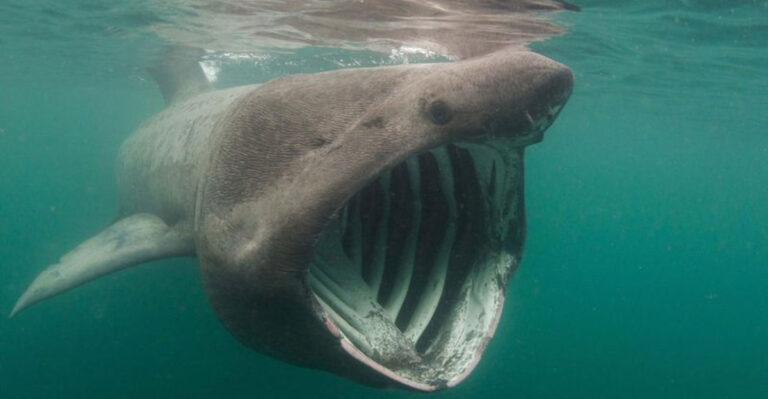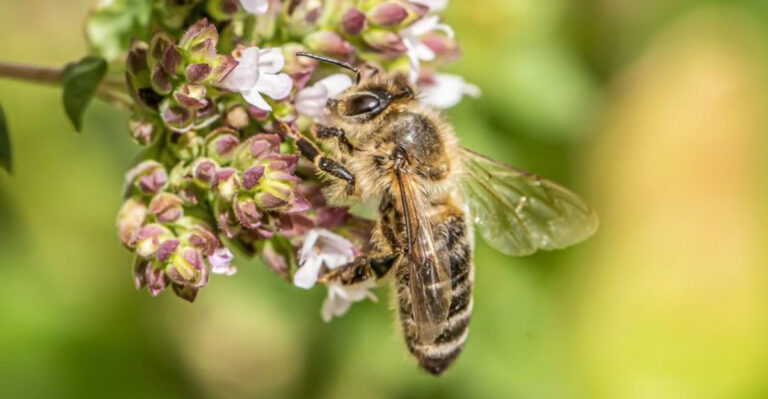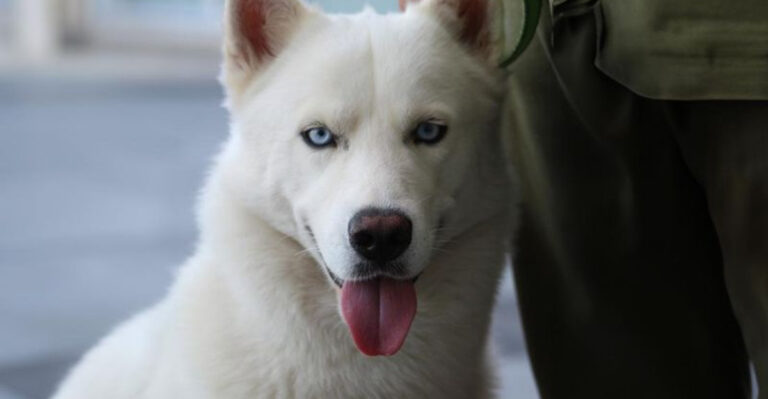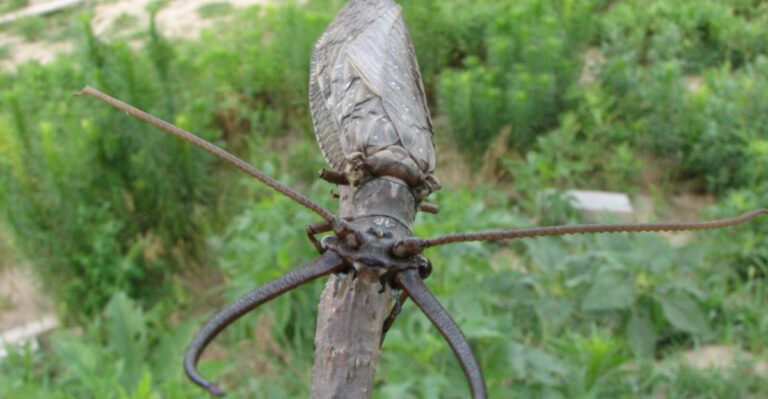16 Fun Facts About The Fastest Land Animal Native To The U.S.
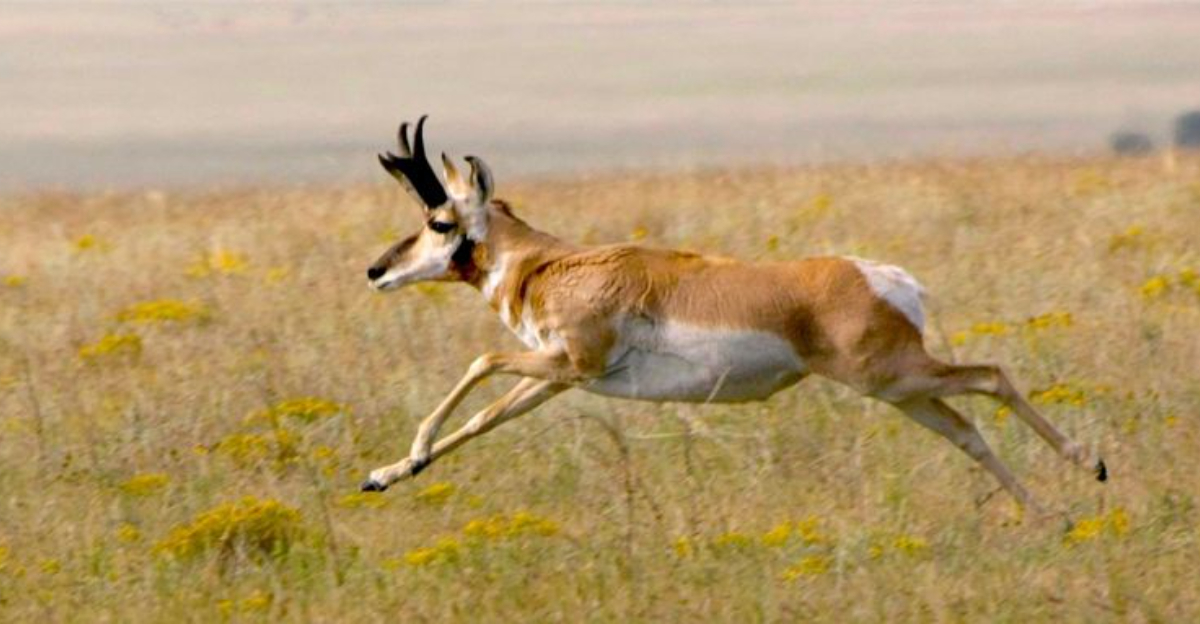
The pronghorn antelope is America’s speediest land mammal, capable of outrunning almost every predator on the continent.
These incredible creatures have roamed North American plains for millions of years, adapting perfectly to the wide-open spaces. Their remarkable speed, distinctive appearance, and fascinating behaviors make them one of our most unique native animals.
1. Pronghorn’s Incredible Speed
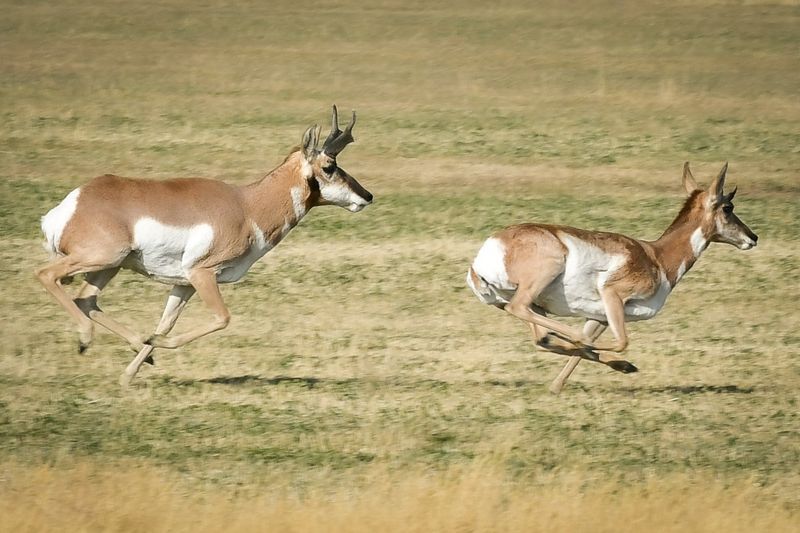
Clocking in at a mind-blowing 55 mph, pronghorns leave most predators in the dust as North America’s speediest land mammal. Only the African cheetah can claim higher top speeds worldwide.
These swift creatures evolved their remarkable velocity to escape now-extinct American cheetahs that hunted them millions of years ago. Today, they maintain this impressive adaptation despite no predators being fast enough to catch them.
2. Why Pronghorns Are Faster Than Cheetahs

Marathon champions of the animal world, pronghorns maintain high speeds for miles while cheetahs burn out after just 1,500 feet. Their oversized heart, lungs and windpipe deliver exceptional oxygen flow during extended runs.
Pronghorns can sustain 30 mph for over 20 minutes without tiring. This remarkable endurance stems from evolutionary pressure to escape prehistoric predators across vast open plains.
3. The Pronghorn’s Unique Evolutionary Traits

Aerodynamic wonders, pronghorns feature hollow hair that insulates while keeping weight minimal for maximum speed. Their lightweight skeletal structure includes fused bones that enhance stability during high-speed runs.
Long legs with specialized tendons act like natural springs, conserving energy with each stride. Even their enlarged trachea serves a purpose—delivering exceptional oxygen intake during those marathon sprints across the plains.
4. Pronghorn’s Extraordinary Vision
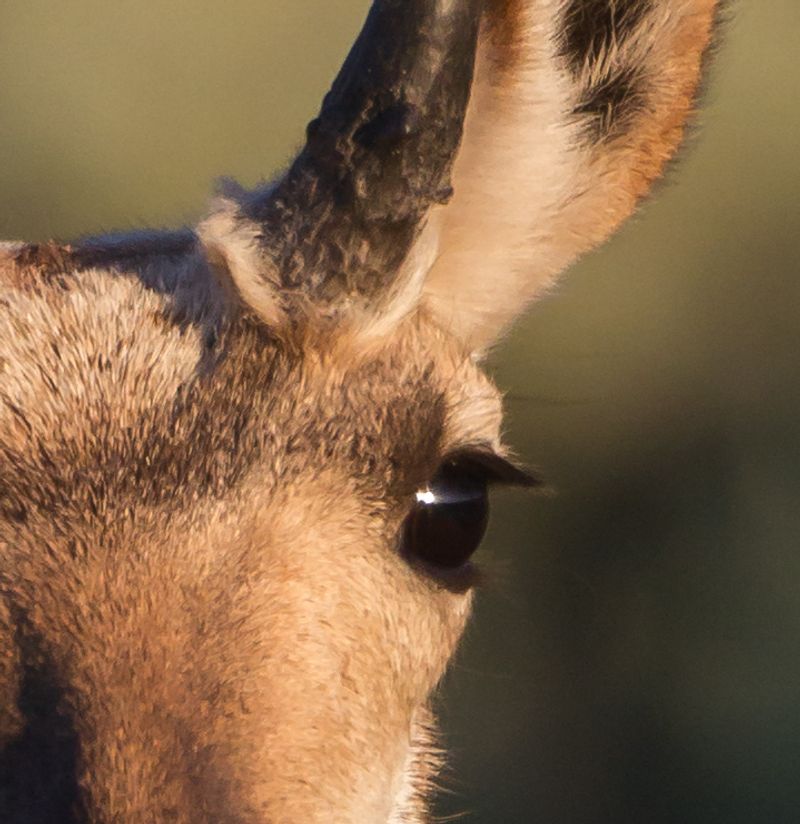
Equipped with basketball-sized eyes relative to their bodies, pronghorns detect movement up to four miles away! Their 320-degree field of vision leaves only a small blind spot directly behind them.
These visual superpowers come from specialized retinas packed with light-detecting cells. Pronghorns can even see in ultraviolet spectrum ranges invisible to humans, helping them spot predators and locate food sources with remarkable efficiency.
5. The Pronghorn’s Remarkable Endurance

Nature’s marathon runners, pronghorns maintain 30-40 mph speeds for over 20 minutes without breaking a sweat. Their oversized respiratory system processes oxygen three times more efficiently than similarly sized mammals.
During migration, they’ve been tracked covering 100+ miles in a single day. This incredible stamina developed as an evolutionary response to ancient predators that could match their speed but lacked their staying power.
6. A Close Relative To The Antelope
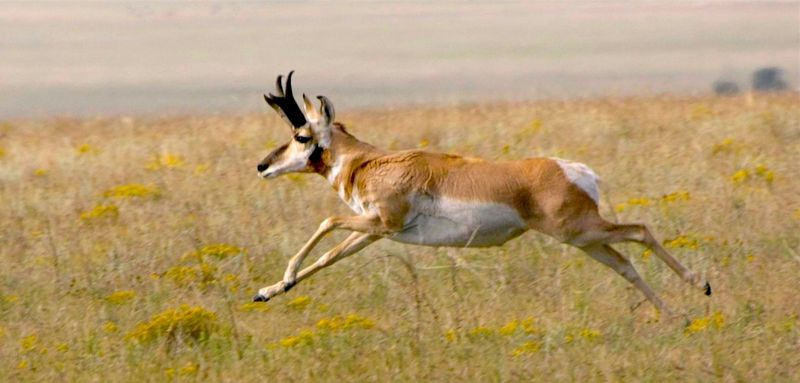
Despite their nickname “American antelope,” pronghorns aren’t true antelopes at all! They belong to Antilocapridae, a family that once included 12 species but now features just one surviving member.
Their closest living relatives might surprise you—giraffes and okapi. Genetic studies reveal pronghorns diverged from these species around 20 million years ago, creating a unique evolutionary branch found only in North America.
7. The Pronghorn’s Unique Horns
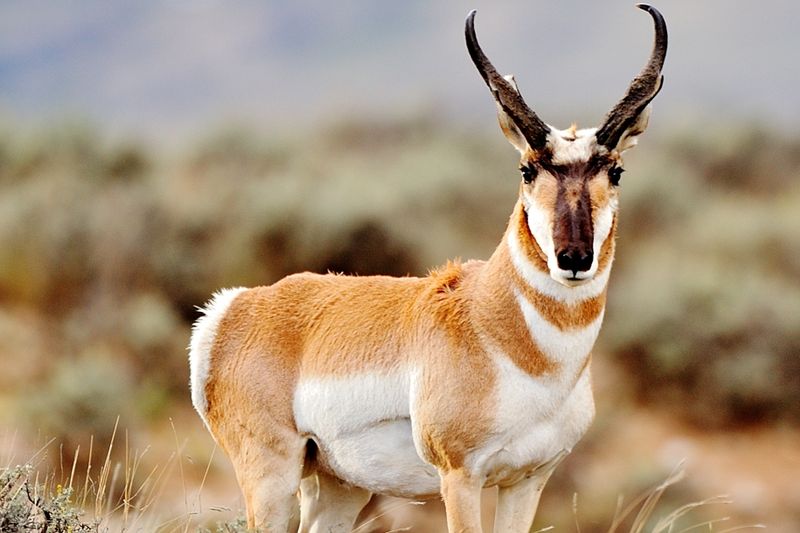
Neither antlers nor true horns, pronghorns sport a completely unique headgear found nowhere else in nature. Their distinctive forked “horns” consist of a permanent bony core covered by a keratinous sheath.
Males shed this outer sheath annually after mating season—the only horned animal to do so! Fresh sheaths grow back completely by summer, reaching up to 15 inches long with their characteristic forward-facing prong.
8. Habitat And Range Of The Pronghorn

Masters of wide-open spaces, pronghorns thrive across North America’s plains, prairies, and desert basins. Their historical range stretched from southern Canada to central Mexico, though habitat fragmentation has reduced their territory.
Preferring landscapes with few visual barriers, these animals avoid forests and thick brush. Their exceptional speed becomes useless in dense vegetation, making open sightlines essential for their primary defense mechanism.
9. Pronghorn’s Diet And Feeding Habits
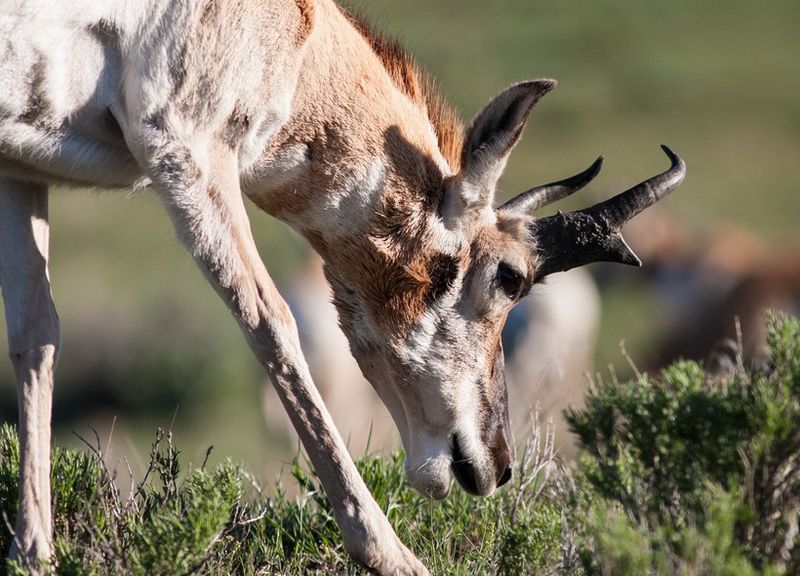
Botanical connoisseurs of the plains, pronghorns selectively browse over 200 plant species but particularly favor sagebrush—a plant most herbivores avoid. Their specialized digestive system handles toxic compounds found in desert vegetation.
Constantly on the move while feeding, they rarely overgraze any area. This nomadic dining style, combined with their remarkable water efficiency, allows pronghorns to thrive in arid environments where other large mammals struggle.
10. Pronghorn’s Role In Native American Culture
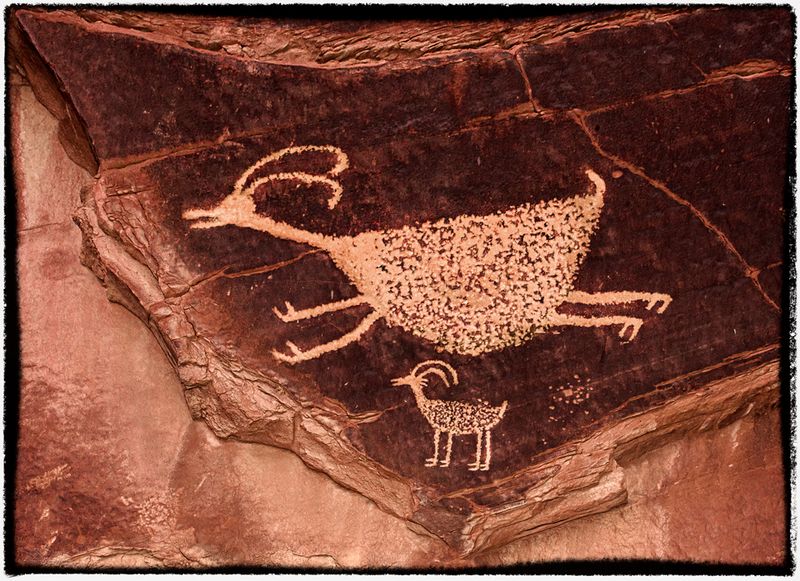
Revered for centuries by Plains tribes, pronghorns feature prominently in Native American creation stories and spiritual traditions. The Nez Perce considered them symbols of swiftness and keen perception.
Beyond spiritual significance, pronghorns provided essential resources—their meat sustained communities while their hides made exceptional lightweight clothing. Hunting these fleet-footed animals required elaborate group strategies, often involving entire communities working together.
11. How Pronghorns Protect Themselves From Predators
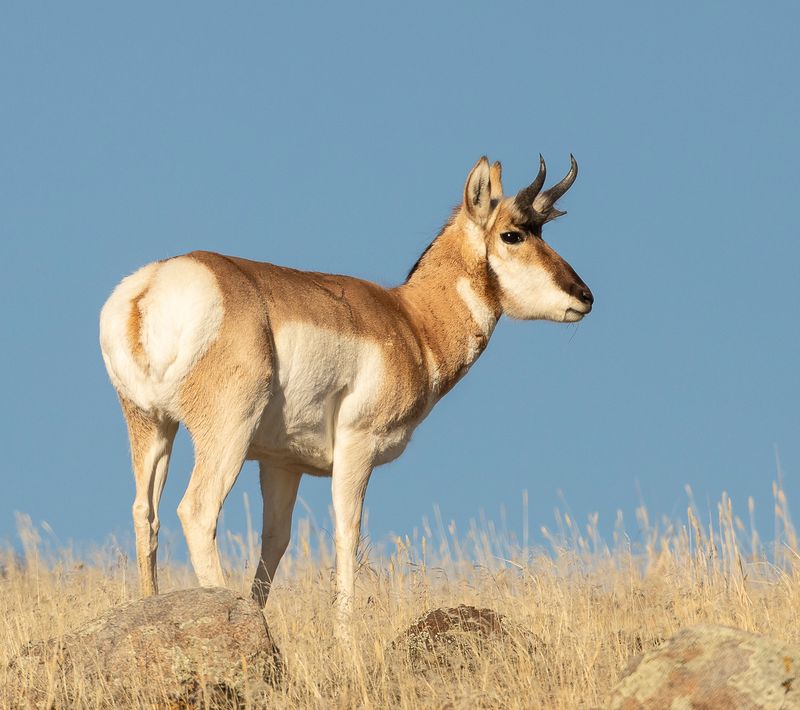
Flash that white rump! When danger threatens, pronghorns display their bright white buttocks—visible from miles away—warning the entire herd. This distinctive warning system triggers instantaneous group flight.
Beyond their legendary speed, pronghorns employ sophisticated vigilance behaviors. Herds position sentinels at strategic points while others feed. Their massive eyes detect the slightest movement, giving them crucial seconds to activate their supercharged escape response.
12. Pronghorn Mating Behavior And Social Structure

Romance on the prairie involves dramatic showdowns between rival males during the fall breeding season. Dominant bucks establish harems of up to 15 females, defending their territory with impressive displays and occasional fierce combat.
Outside breeding season, pronghorns form separate bachelor groups and female bands. Their fluid social structure shifts seasonally, with large mixed herds sometimes forming during winter months when safety in numbers becomes more important than reproduction.
13. Pronghorn Calves: A Delicate Start
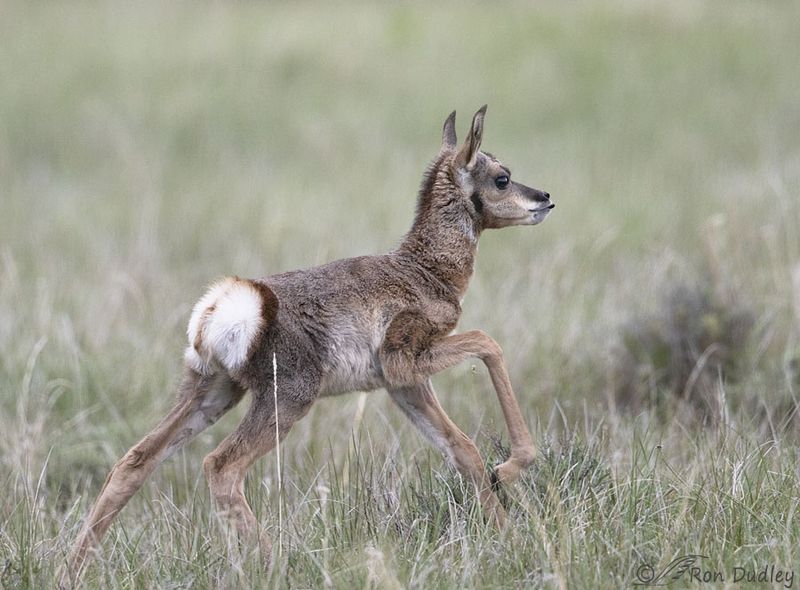
Born runners from day one, pronghorn fawns can outpace humans within just four days of birth! Mothers typically deliver twins, hiding each fawn in separate locations to reduce predation risk.
These newborns enter the world odorless and with camouflage coloration. They remain motionless when mom’s away, their spotted coats blending perfectly with prairie vegetation. Despite these precautions, only half typically survive their vulnerable first weeks.
14. The Pronghorn’s Migration Patterns
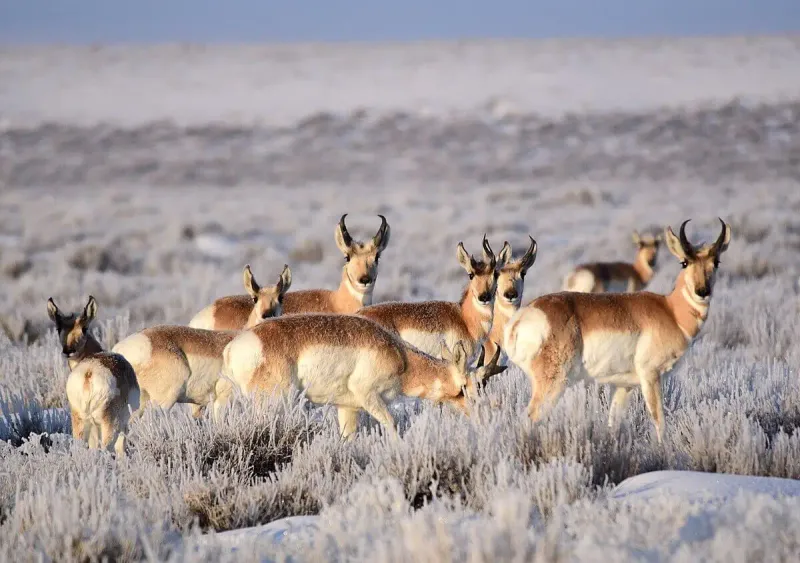
Record-holders among North American land mammals, some pronghorn populations undertake spectacular 150-mile seasonal journeys between summer and winter ranges. Wyoming’s Path of the Pronghorn represents the continent’s longest remaining land migration corridor.
Unlike random wandering, these migrations follow precise ancestral routes memorized and passed down through generations. Pronghorns navigate using landscape features and celestial cues, crossing the same streams and mountain passes their ancestors used for thousands of years.
15. The Decline And Conservation Of Pronghorns
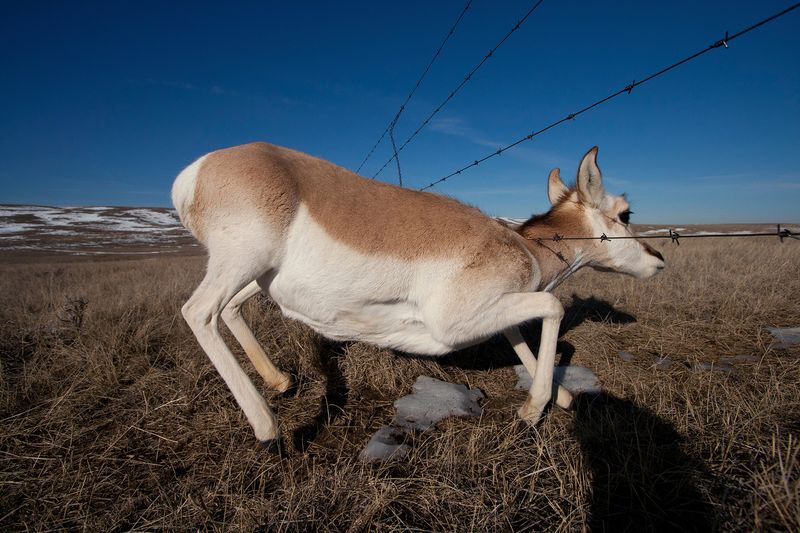
Once numbering an estimated 35 million across North America, pronghorn populations plummeted to fewer than 20,000 by the early 1900s due to unregulated hunting and habitat loss. Conservation efforts have helped them rebound to around 700,000 today.
Modern challenges include highways fragmenting migration routes and barbed-wire fences they struggle to navigate. Wildlife-friendly fencing with smooth bottom wires and highway underpasses specifically designed for pronghorns are making significant positive impacts.
16. Pronghorns: The Ancient Survivors
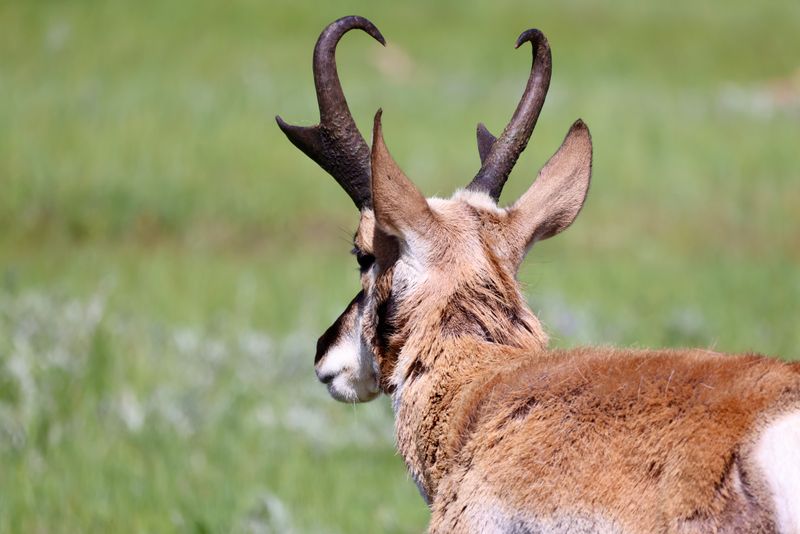
Living fossils of the American plains, pronghorns have remained largely unchanged for over 4 million years! They outlasted numerous prehistoric predators specifically evolved to hunt them, including the American cheetah and dire wolf.
Archaeological evidence shows humans have hunted pronghorns since arriving in North America 13,000+ years ago. Despite these pressures and dramatic climate shifts, their remarkable adaptability has allowed them to persist while dozens of other large mammal species disappeared forever.

